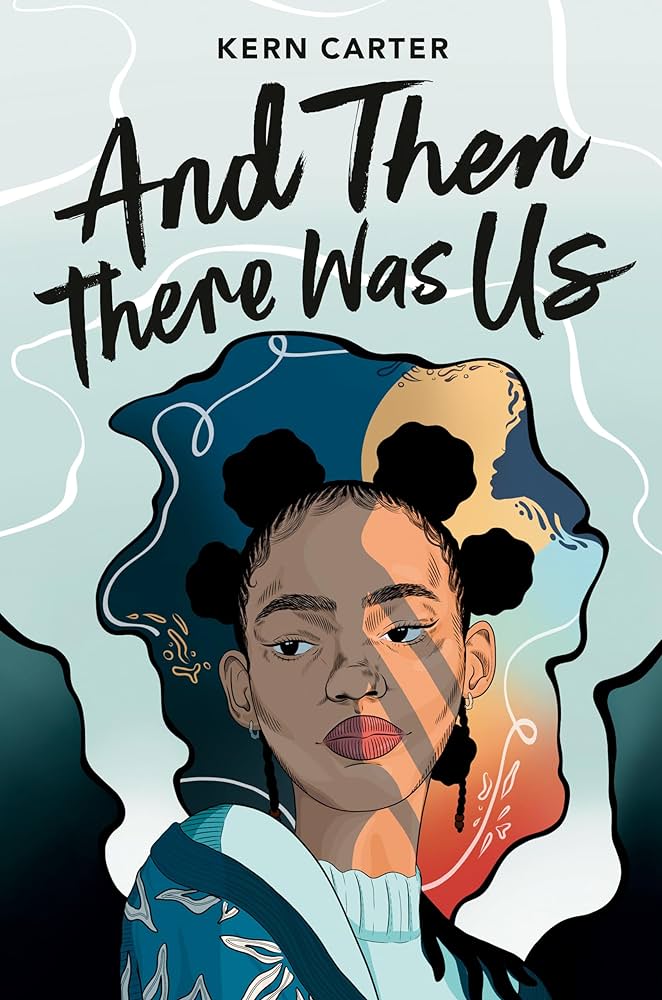And Then There Was Us
- context: Array
- icon:
- icon_position: before
- theme_hook_original: google_books_biblio

And Then There Was Us
Today is the day I’ve been expecting for four years, seven months and twenty-four days. I put my hand over my heart to keep it from sinking and let the phone ring out while staring at the screen. Mommy? Why does my screen say mommy? There’s no way I’m ready to hear her voice. No way I’m ready to listen to what she has to say.
…..
I don’t know why I’m acting like this. I told myself a million times that I’m over this whole having a mom thing. And I am. I really am. Never mind that her number is still saved as Mommy in my phone and seeing that word splashed across my screen triggers all this bullshit I spent years dealing with.
She calls again. Mommy. And it’s like the vibration from the phone is echoing through my body. I’m staring at the red Cancel icon knowing what I should do, but I lower my headphones and swipe green to answer.
“Hi.”
No one is prepared for the death of a parent, least of all 18-year-old Coi whose mother kicked her out of the house years ago. However, the peaceful world she and her father have enjoyed is blasted apart when Coi must confront her mother’s sudden death. After years of physical and verbal abuse, Coi isn’t ready to mourn her mother’s passing, and yet the death brings people from the past back into her life, and Coi realizes that not everyone experienced her mother the way she did.
Kern Carter gives his young adult readers a coming-of-age novel in which the main character must deal with events which provoke soul-searching and introspection. Through this, Coi becomes more self-aware and more confident. Her growing self-esteem is supported by friends and family as well as her talent for fashion and her entry into that world. Readers learn about Coi through her own thoughts and emotions as the book is told in the first person, and so readers hear many internal conversations about what is happening. This helps readers understand Coi’s problems, her reactions, and her efforts to confront her problems and solve them. Along with the inner dialogues, readers become witnesses to Coi’s many dreams about her mother and their relationship.
Coi’s father plays an important role in providing stability and support for his teenage daughter. Friend Jes also helps Coi and is available to push her when Coi is too nervous to too nervous to take whatever the next step happens to be. Derrick is the romantic interest of the book, but readers don’t really get to know him well as the author doesn’t delve into the feelings and romance between him and Coi. More information about Derrick and their relationship would have added another interesting facet to the novel.
One of the big questions of the book is that of who we see as our family and what our relationship should be with them. Coi reconnects with many of her mother’s family, including her younger stepsister Kayla. These relationships are often treacherous as Coi uncovers family secrets. She also must learn to separate the relatives as they currently exist from those she recalls from her childhood. Can we truly learn to ‘forgive and forget’, or is irreparable harm, well, irreparable? Coi’s emotions are mixed. These are the questions with which Coi must struggle in the novel. Readers watch as she tackles them and cheer her on as she does so. By the end of And Then There Was Us, several threads start to come together, but it feels like the author somewhat rushes the final chapters, and so there are still some unresolved issues.
Though And Then There Was Us deals with drugs and alcohol and well as with violence, parental abuse and the death of a close relative, it never feels overly dark or pessimistic. Coi is determined to face her problems and resolve them, and readers are happy to see her beginning to succeed in her quest.
Ann Ketcheson, a retired teacher-librarian and high school teacher of English and French, lives in Ottawa, Ontario.
